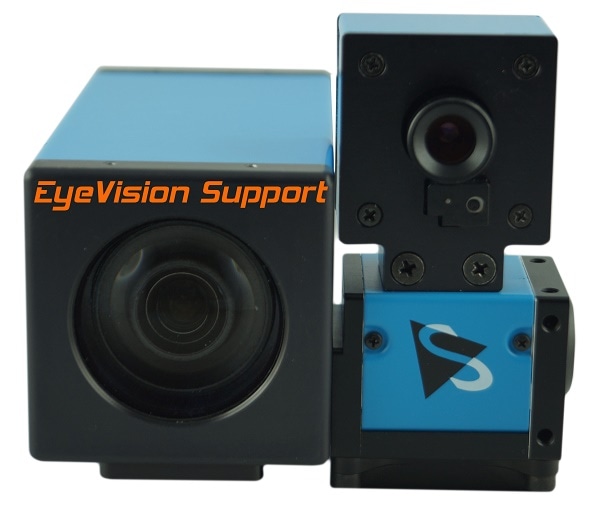The image processing software EyeVision now also supports the USB 3.0 autofocus and zoom cameras by The Imaging Source (TIS).

With the new Video Input Channel (VIC) for TIS cameras, the company EVT offers image processing solution with the combination of EyeVision and The Imaging Source.
This combination delivers a fast and permanent inspection of products during the production process – a feature, which is essential to detect errors early in the production flow and to reject the damaged product.
In some machine vision system scenarios, maintaining exact working distances are virtually impossible.
With the autofocus cameras the working distance can change, and the user does not have to stop the production flow. The focus and parameter of the camera can be controlled with the EyeVision software and the camera produces sharp images despite fluctuations in the working distance.
The TIS autofocus camera has a resolution of up to 10 Megapixel, a frame rate of up to 15 fps and it can be used with Linux and Windows operating system.
The powerful team play between EyeVision software and TIS cameras is not only suitable for fast inspection flows, such as label printing, but also for solutions for a huge number of image processing applications.
The application areas are in medical engineering, as well as in the pharmaceutical industry, but also in the automotive branch an in most areas of industrial automation.
And what is more, the EyeVision 3 software allows the user, to create inspection programs with only a few mouse clicks, even without programming skills. The graphical user interface can be handled intuitively and easily.
The EyeVision 3 offers the convenience, that the user can create their own commands, which can be integrated into the graphical user interface. And with the GUI-Designer, the creation of an individual user interface is also very easy. And also different interfaces can be created for each staff member.
So they only see what they have to for working with the image processing system. This makes the handling of the software easier, because only the programming engineer has access to the programming interface.
Additionally the software as many interfaces and therefore is ideal for integration into machine controls and plants.